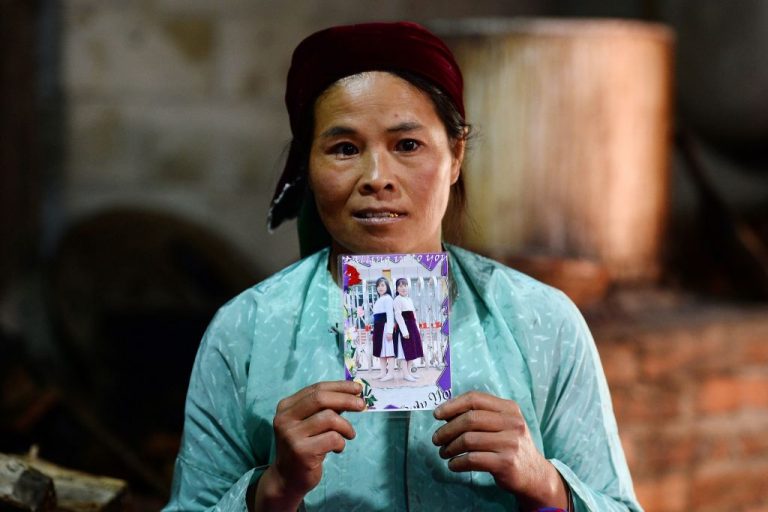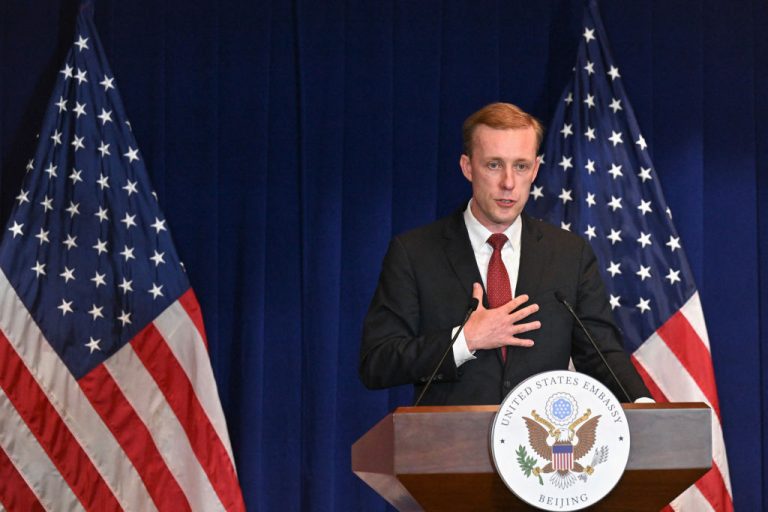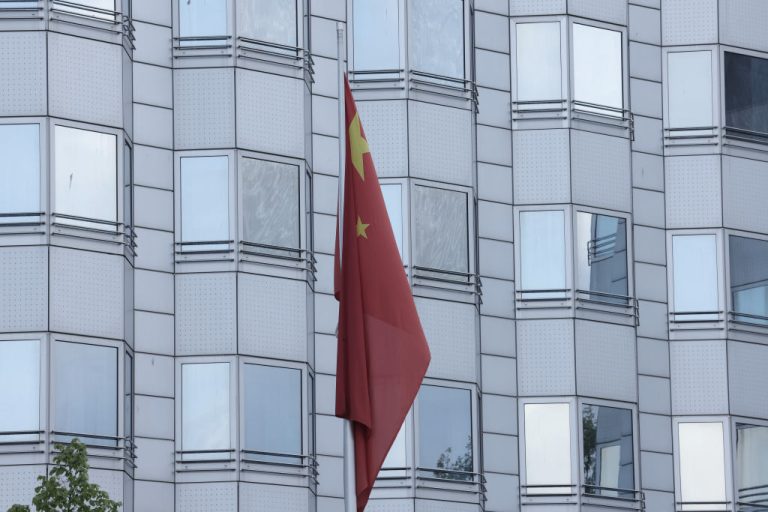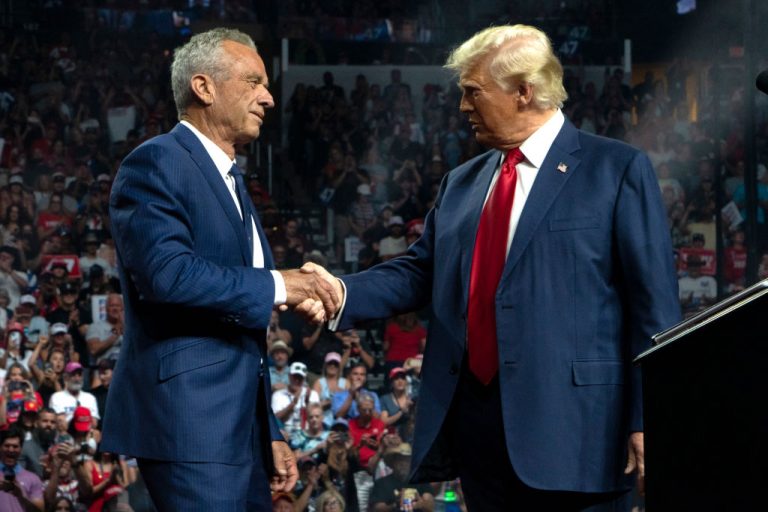The U.S. State Department has placed the Chinese Communist Party on a small list of governments that have a “policy or pattern” of human trafficking in a recently released report.
The 2021 Trafficking in Persons Report (TIPR) said Congress recognized in 2019 that the problem of human trafficking is not only limited to individuals and criminal organizations, but is often committed by governments as well. The 2020 version of the Report placed China alongside 11 other nations such as North Korea, Iran, and Russia for having a “policy or pattern” of “human trafficking in government-funded programs, forced labor in government affiliated medical services or other sectors, sexual slavery in government camps, or the employment or recruitment of child soldiers.”
In 2021, the number of countries was reduced to 11 with the removal of Belarus. China remains on the list.
The report highlighted the CCP’s human rights abuses in the Xinjiang genocide, “In Xinjiang, the government is the trafficker. Authorities use threats of physical violence, forcible drug intake, physical and sexual abuse, and torture” to create anything from solar panels, to merchandise and apparel, and electronics.
The report was not only limited to the persecution of Uyghurs. One portion highlighted the story of Mei, a Kazakh woman who was enslaved by the CCP, “When Mei returned to Xinjiang Province in China to visit her ill father, Chinese officials stopped her at the border with Kazakhstan and seized her passport. They told her she could not go see her father, and that she must participate in 15 days of ‘education’ because she was Muslim and an ethnic Kazakh.”
Success
You are now signed up for our newsletter
Success
Check your email to complete sign up
“Mei instead spent more than a year in Chinese detention facilities where the authorities subjected her to political indoctrination and forced her to work in a factory making gloves for US $0.02 a pair. The Chinese authorities also made Mei stay in cells that were equipped with cameras and a loudspeaker.”
Additionally, the TIPR found that Chinese women who had been sold into sexual slavery had been found trafficked into a great number of countries around the world across the Middle East, South America, Africa, and the Caribbean islands.
The 644-page Report also found Beijing had extended its systemic forced labor campaigns to “Other religious minorities under their auspices, and sought the coerced repatriation and internment of religious and ethnic minorities living abroad through the use of surveillance, harassment and threats against them and their family members, and extradition requests.”
China’s human rights abuses not only took aim at those disenfranchised by the regime or members of an ethnic minority, but to Chinese citizens who were exported to work on the Party’s Belt and Road Initiative hegemony projects across the world, “Chinese nationals reportedly suffered forced labor in several countries in Asia, Africa, and Europe hosting Belt and Road Initiative (BRI) projects, within which PRC authorities exercised insufficient oversight of relevant recruitment channels, contracts, and labor conditions, and PRC diplomatic services routinely failed to identify or assist those exploited.”
When it comes to trafficking people, TIPR found China was a hub serving transnational criminal organizations to move enslaved women. It also found organized crime within China frequently lured women and girls from rural areas with fake job offers and other schemes to cities.
The State Department says that although the CCP formally abolished its notorious labor through re-education system in 2015, many of its facilities were simply transformed into “State-sponsored drug rehabilitation facilities or administrative detention centers, where, according to civil society and media reports, forced labor continues.”
Chinese traffickers have also been allowed to set up shop in some Asian countries, subjecting local women to both forced labor and sex trafficking using “sham businesses and entertainment establishments, including Chinese national-owned casinos, constructed in close proximity to large-scale PRC infrastructure and investment projects—at times under the auspices of the BRI—and in special economic zones with limited local government oversight.”







